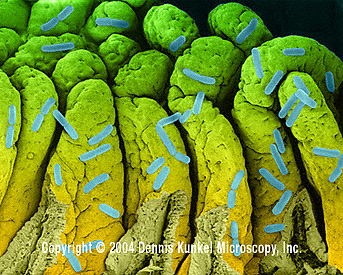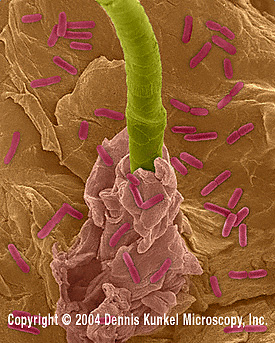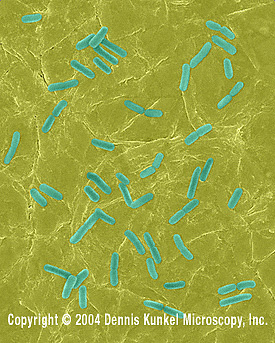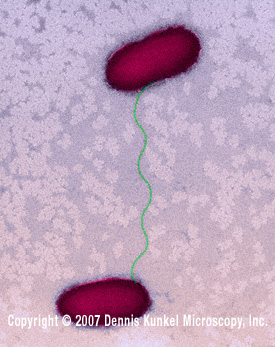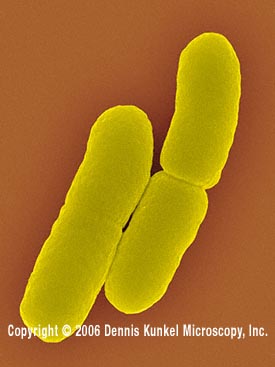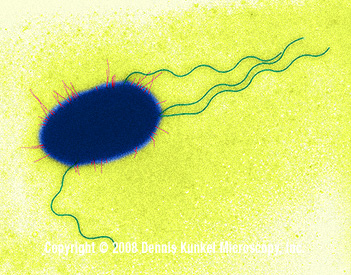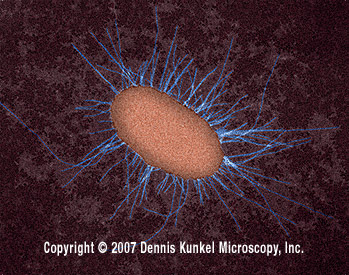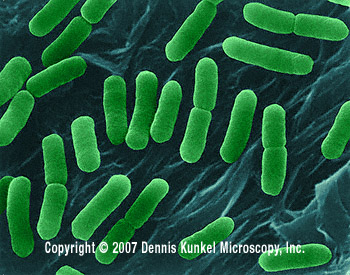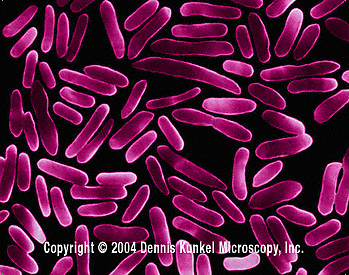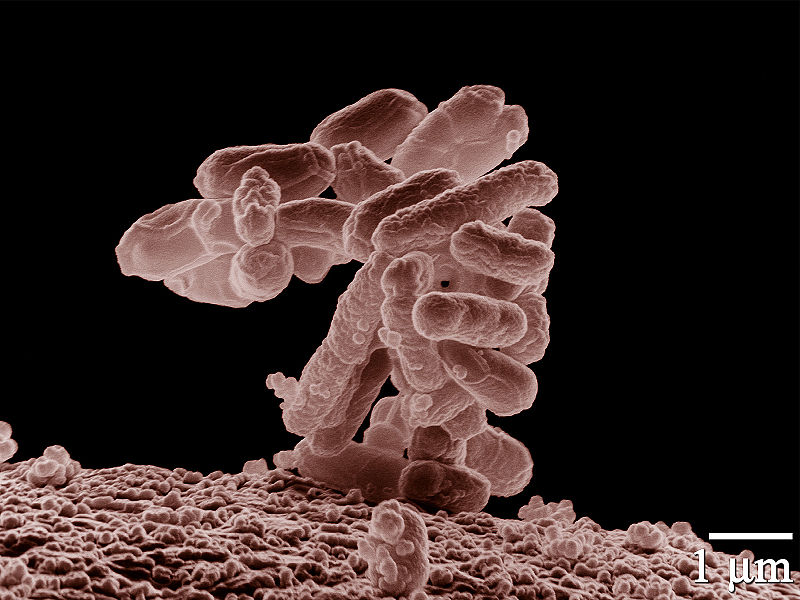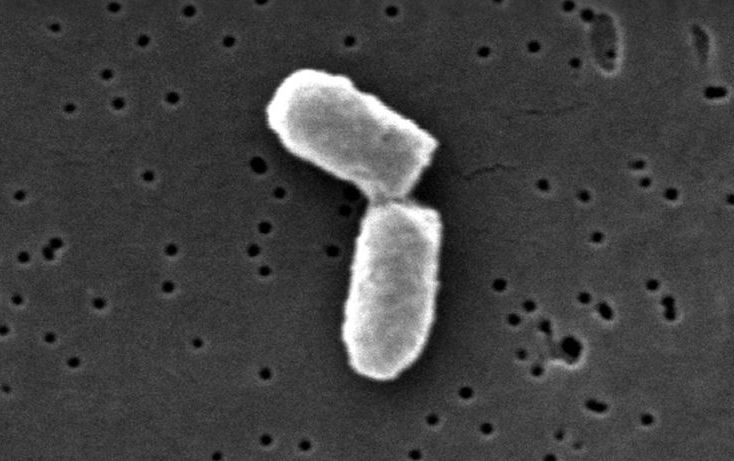habitat
Where can I find E. coli?
The primary habitat of Escherichia coli is in the gastrointestinal (GI) tract of humans and many of the warm blooded animals.
Human Gastroinestinal Tract
Photo from a Public Domain, retrieved from Wikimedia Commons
There are many
bacteria that can be found in the human body, and most of them are
strict anaerobes. However, E. coli is the most abundant
facultatively anaerobic
microorganism that is found in the GI tract of humans and mammals.
The average human GI tract contains
|
|
upwards of 1 kg (~2.21 lb) of bacteria, and approximately 0.1-1% of these are E. coli. In fact, these bacteria appear in the body just a few hours after birth. Don't let this scare you, because most of these E. coli bacteria are harmless opportunistic organisms. The E. coli actually forms a mutualistic relationship with its host (see Interaction). The |
bacteria normally adhere to the mucus or the
epithelium
on the wall of the intestines (which is critical, otherwise most E. coli
will not grow in that particular area), and a single strain can last for
months or years.
How does E. coli fit into its
ecological niche?
E. coli is one of the most studied and best understood
organism, but the organism's niche and how it colonizes isn't very well
understood.
Freter's Nutrient-Niche theory
best describes E. coli's niche: The ecological niches of E. coli depend
on the nutrient availability within the intestines of the host organism.
Since there are so many different nutrients that can be found within the
intestines, it is said that they contain a balanced
ecosystem
because there are so many different nutrient-defined niches where the
E.
coli colonize. This is dependent on the preferred nutrient for
that particular population occupying the niche.
It must also be taken into account the difference between the small and
large intestine. The velocities of movement of
chyme
is much higher in the small intestine than it is in the large intestine
(also called the colon), so in order for E. coli to thrive in the small
intestine it MUST be able to adhere to the wall of the small intestine
or it will be swept away. If the E. coli is unable
to grow on the intestinal wall, it will be most likely to colonize in
the colon. Therefore, different regions in the GI tract represent
different niches as well (niche
specialization).

Interested in Learning more about some potential E. coli hosts??? Check out some other student's webpages:
1. Llama glama
2. Lemur catta
3. Bos taurus
Back to Organismal Biology Webpages
Questions or Comments? Justine Moder
©April 2008

